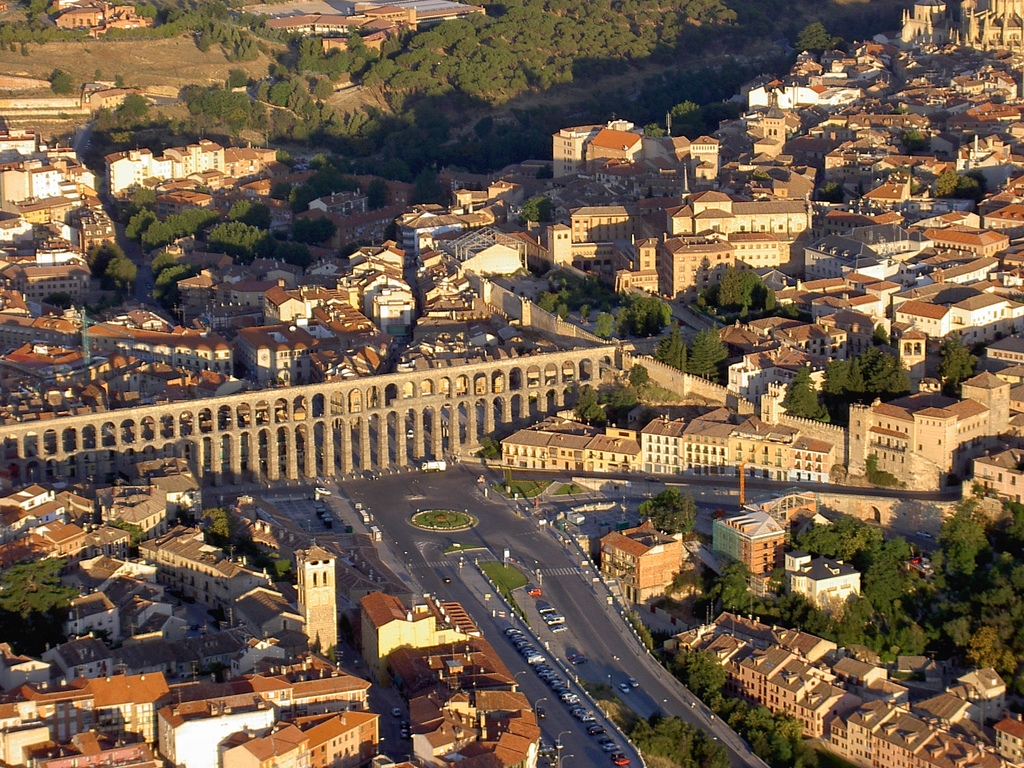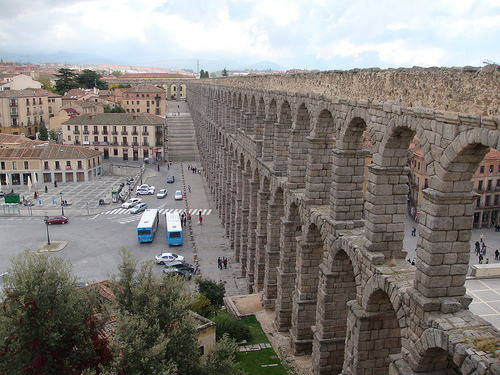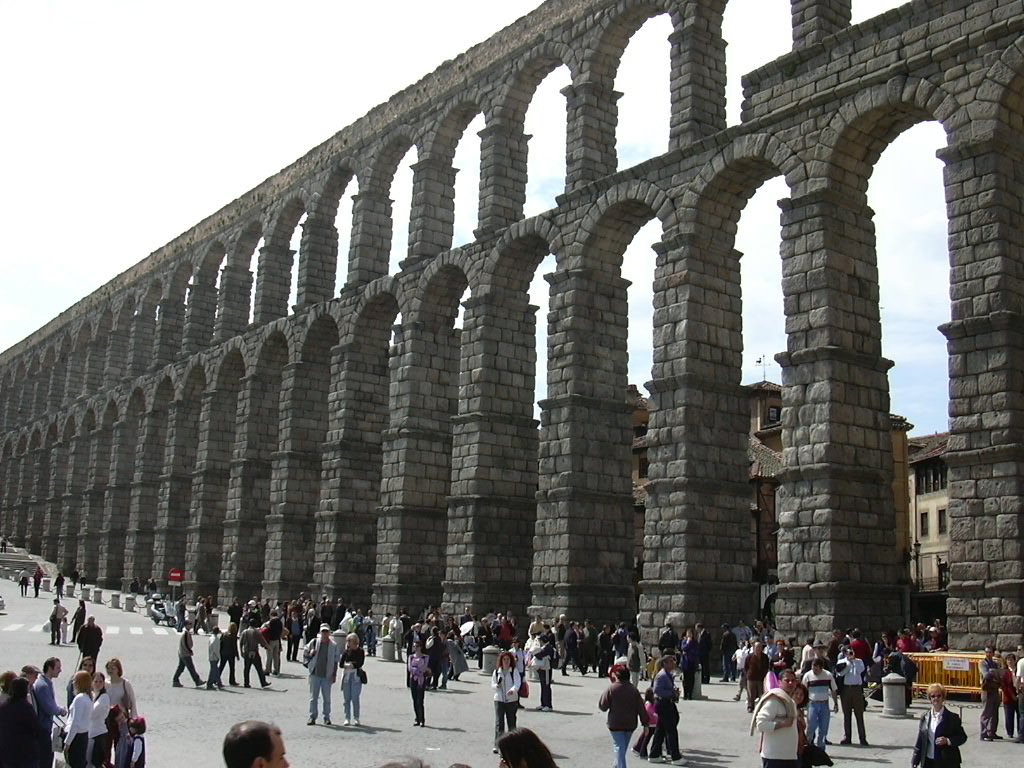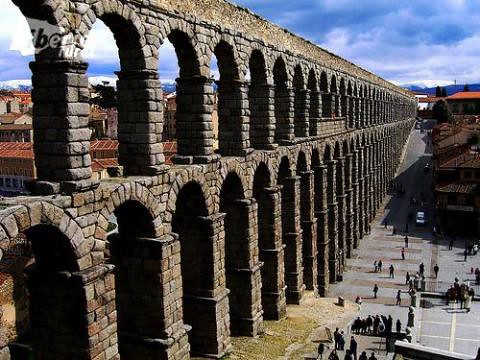The Goeltzschtal Bridge (or Goeltzschtalbrucke, to convey it its true name) has been photographed many thousands of times across the decades. This outstanding construction standing within the Vogtland region of Germany is 574 m long, with four tiers of arches stacking to seventy eight m high, creating the Goeltzschtalbrucke the world's largest bridge designed of bricks.
A true masterpiece of engineering, the Goeltzschtal Bridge was in-built the mid 1800s, when the age of the railway was at its most pioneering. the simplest route for the new railway link between Leipzig and Nuremberg meant that 2 bridges required to be designed, one in every of that should span the Goltzsch Valley (the different being the Elster Valley).
In January 1845 the railway company launched a contest, inviting styles for a bridge to cross the Goeltz Valley. though quite eighty submissions were received, none of them met the required needs. The result was that one in every of the competition's eminent panel of judges, Prof. Johann Schubert, really proposed the successful style.
As there have been insufficient native provides of natural materials, like sandstone or granite, it absolutely was set that bricks be used. Bricks were conjointly seen as a more cost-effective various, that was a major issue, only if the bridge's construction concerned twenty six million of them.
Professor Schubert's style proposed an impressively tall viaduct comprising four levels, every with individual arches of even proportions. A year once his set up was accepted, the inspiration stone was laid.
Difficulties occurred too soon within the bridge's construction. When excavations got underway for the pillar that was to act as a central support, engineers discovered that the soil was unable to require its weight. the development plans thus had to be amended, that means that, rather than having identical arches, the bridge had 2 giant openings, with every arch spanning thirty one metres.
Thousands of builders worked on making the Goeltzschtal Bridge and, as was sadly thus usually the case with constructions around this era, accidents were an everyday incidence. Over 1300 men were injured and thirty one lost their lives.
The Goeltzschtal Bridge was officially opened on fifteen July 1851 and formally handed over to the railway company who had commissioned its style. The Elstertal Bridge, usually said as its very little sister, is that the second largest of its kind, containing twelve million bricks.
More than a hundred and fifty years once its construction, the Goeltzschtal Bridge continues to hold the railway and its eighty one arches are still captured by several an awe-inspired photographer.
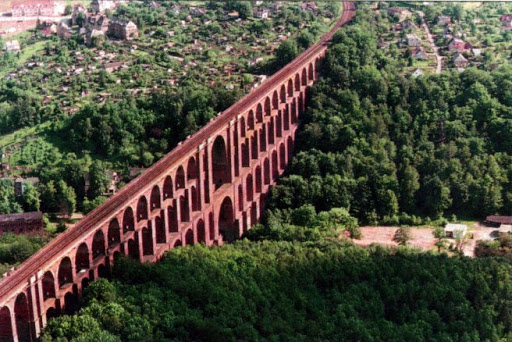
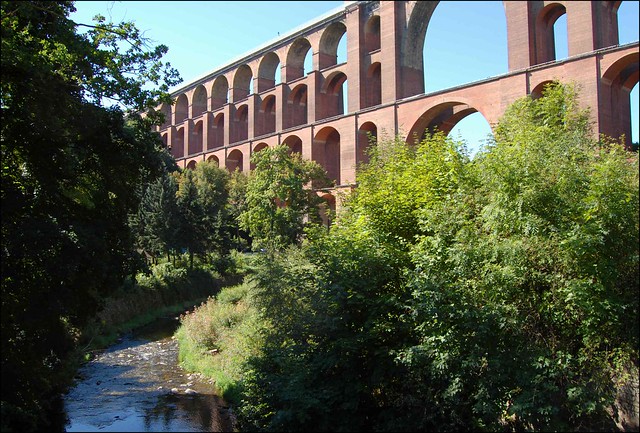
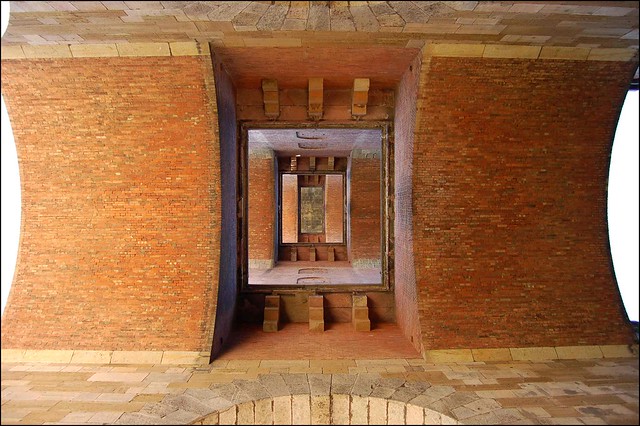
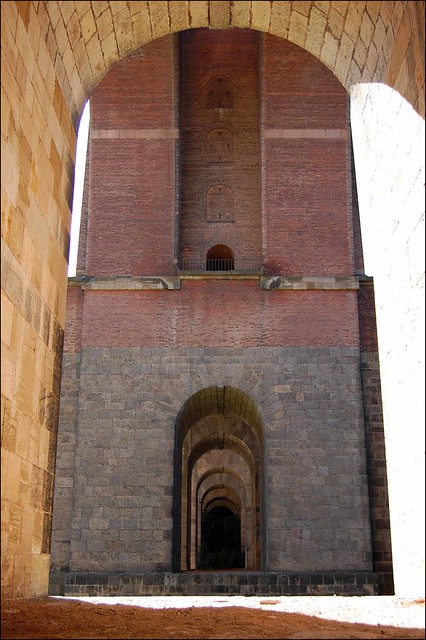
A true masterpiece of engineering, the Goeltzschtal Bridge was in-built the mid 1800s, when the age of the railway was at its most pioneering. the simplest route for the new railway link between Leipzig and Nuremberg meant that 2 bridges required to be designed, one in every of that should span the Goltzsch Valley (the different being the Elster Valley).
In January 1845 the railway company launched a contest, inviting styles for a bridge to cross the Goeltz Valley. though quite eighty submissions were received, none of them met the required needs. The result was that one in every of the competition's eminent panel of judges, Prof. Johann Schubert, really proposed the successful style.
As there have been insufficient native provides of natural materials, like sandstone or granite, it absolutely was set that bricks be used. Bricks were conjointly seen as a more cost-effective various, that was a major issue, only if the bridge's construction concerned twenty six million of them.
Professor Schubert's style proposed an impressively tall viaduct comprising four levels, every with individual arches of even proportions. A year once his set up was accepted, the inspiration stone was laid.
Difficulties occurred too soon within the bridge's construction. When excavations got underway for the pillar that was to act as a central support, engineers discovered that the soil was unable to require its weight. the development plans thus had to be amended, that means that, rather than having identical arches, the bridge had 2 giant openings, with every arch spanning thirty one metres.
Thousands of builders worked on making the Goeltzschtal Bridge and, as was sadly thus usually the case with constructions around this era, accidents were an everyday incidence. Over 1300 men were injured and thirty one lost their lives.
The Goeltzschtal Bridge was officially opened on fifteen July 1851 and formally handed over to the railway company who had commissioned its style. The Elstertal Bridge, usually said as its very little sister, is that the second largest of its kind, containing twelve million bricks.
More than a hundred and fifty years once its construction, the Goeltzschtal Bridge continues to hold the railway and its eighty one arches are still captured by several an awe-inspired photographer.











